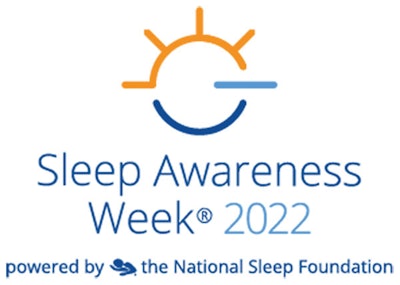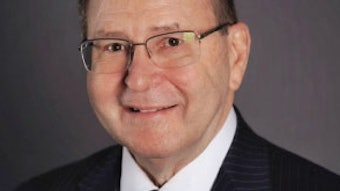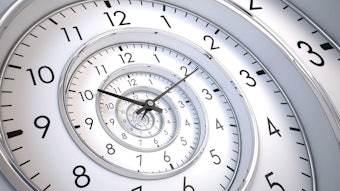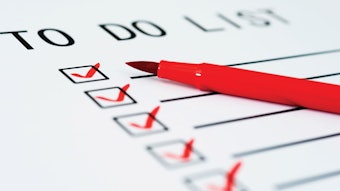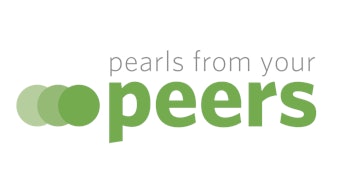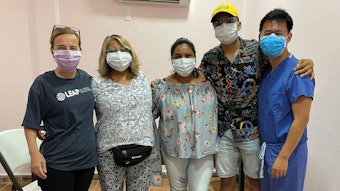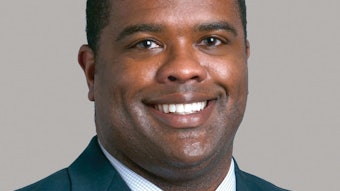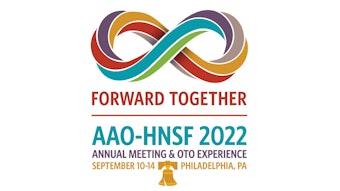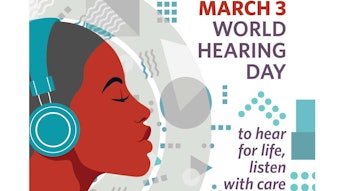Out of Committee: Sleep Disorders | Oral Appliances for Obstructive Sleep Apnea, in Our Hands
Whether you call them oral appliances, mandibular advancement devices, or as some of my patients say, “the mouthpiece,” they have become an established and valuable therapy for obstructive sleep apnea (OSA).
 Ofer Jacobowitz, MD, PhD
Ofer Jacobowitz, MD, PhD
Whether you call them oral appliances, mandibular advancement devices, or as some of my patients say, “the mouthpiece,” they have become an established and valuable therapy for obstructive sleep apnea (OSA). There are numerous over-the-counter, boil-and-bite appliances and more than 100 custom appliances available.
Otolaryngologists can and do provide comprehensive therapy for OSA, using positive airway pressure (PAP), upper airway surgery, and oral appliance therapy (OAT). Oral appliances are not dental appliances treating the dentition but rather medical devices that are used to treat a medical disorder, namely OSA. When OAT is performed by an otolaryngologist who is contracted with commercial insurances, the therapy is typically much more affordable for the patient, as compared with the cost under dentists who may not accept the medical insurance plan’s rate as payment in full.
OAT is an important option for many patients recognized by the American Academy of Otolaryngology–Head and Neck Surgery, which has a Position Statement advocating for OAT in the hands of otolaryngologist and qualified dentists. OAT can be a primary treatment option for patients with simple snoring or mild and moderate OSA. It is also a second-line option for severe OSA patients, intolerant of PAP (off label), or for subsequent treatment after upper airway surgery. It may also be a part-time option for patients who would like a portable option to use when traveling instead of PAP.
OSA is a heterogenous disorder and the severity of obstruction, degree of hypoxemia, and resultant effect on alertness and daytime function differ between patients. An important factor for successful treatment is the patient’s preference, as regular adherence to treatment is critical for effectiveness of OAT and PAP. Oral appliances, which are more attractive to many patients as they are small, portable, silent, and intraoral and pose less of a stigma as compared with PAP, are usually preferred by patients over PAP and are thus twice as likely to be used compared to PAP.
The higher adherence to OAT may make it similarly effective as PAP for many patients. At the same time, careful patient selection for OAT is important since it is not effective in all patients, especially in those with very severe respiratory compromise or with extreme obesity.
- The patient should be under regular care by a primary dentist and have adequate dentition—6 to 10 healthy teeth per arch, especially molars.
- Periodontal disease should be under good control.
- The patient should have adequate dexterity to place the appliance and remove it.
- Nasal obstruction should be treated as it will undermine effectiveness by leading to mouth opening in sleep and instability of the pharynx.
- Patients with bruxism may be treated but the excessive parafunctional activity may reduce the lifespan of the appliance or result in breakage.
- Patients with current temporomandibular joint (TMJ) pain or jaw locking should be excluded, but past TMJ pain or joint sounds without pain are not a contraindication to treatment.
Predictive factors for successful outcomes are not sufficiently established, but simple endoscopy in the office can be of benefit. For mandibular advancement to be effective, there needs to be sufficient coupling between the mandible and the pharynx with dilation or stabilization of the narrow velopharynx on protrusion. Office fiberoptic endoscopy revealing a large change in the cross-sectional area with active mandibular advancement is indicative of good coupling and predicts a higher likelihood of successful treatment. Sleep endoscopy may also be potentially useful for selection where the presence of tongue base collapse is a good prognostic feature, but severe lateral wall and circumferential complete collapse are negative prognostic features. Sleep study parameters can also be of value where positional OSA is associated with better success. Patients who previously tried PAP with pressure settings <8cm or <12cm, depending on the study, may have better outcomes.
Side effects can occur and include pain or occlusal changes. Pain may occur early in treatment and usually resolves, but some patients may discontinue OAT for this reason. Due to risk of occlusal changes, it is best to avoid OAT in patients who had recent orthodontic therapy or for whom bite changes would be a major concern. Those with a class 2 bite with overjet may be better candidates as bite changes may not necessarily be unfavorable in many. It is preferable to start with conservative mandibular advancement of ~3mm or edge-to-edge position and advance gradually with close follow-up and attention to any changes. Exercises performed in the morning after use may reduce side effects and occlusal changes. It is important to discuss and document the risk of occlusal changes in the informed consent process.
Most commercial insurances provide coverage for oral appliances, but it is advised to check the local carriers’ policies and experience of others in one’s region to make sure work and expense will be compensated. Some insurers require failure with a PAP trial of 45 days or longer prior to OAT approval. Unfortunately, the Centers for Medicare & Medicaid Services has excluded medical doctors from providing OAT, due to self-referral issues, and this results in limited access to treatment and higher cost to seniors. As far as coding, E0485 is used for thermoplastic appliance (boil-and-bite) fitted in the office. E0846 is used for custom appliances, for which impressions are taken and a dental lab manufactures the custom appliance specific for the patient.
Click for the ENTHealth Sleep Journal
References:
Jacobowitz, O. Oral appliances for OSA. In: Friedman M, Jacobowitz O, eds. Sleep Apnea and Snoring. Elsevier; 2020:59-64.
Okuno K, Sasao Y, Nohara K, et al. Endoscopy evaluation to predict oral appliance outcomes in obstructive sleep apnoea. Eur Respir J. 2016 May;47(5):1410-1419.
Op de Beeck S, Dieltjens M, Verbruggen AE, et al. Phenotypic labelling using drug-induced sleep endoscopy improves patient selection for mandibular advancement device outcome: a prospective study. J Clin Sleep Med. 2019 Aug 15;15(8):1089-1099.
Ramar K, Dort LC, Katz SG, et al. Clinical practice guideline for the treatment of obstructive sleep apnea and snoring with oral appliance therapy: an update for 2015. J Clin Sleep Med. 2015 Jul 15;11(7):773-827.
Storesund A, Johansson A, Bjorvatn B, Lehmann S. Oral appliance treatment outcome can be predicted by continuous positive airway pressure in moderate to severe obstructive sleep apnea. Sleep Breath. 2018 May;22(2):385-392.
Takaesu Y, Tsuiki S, Kobayashi M, et al. Mandibular advancement device as a comparable treatment to nasal continuous positive airway pressure for positional obstructive sleep apnea. J Clin Sleep Med. 2016 Aug 15;12(8):1113-1119.
